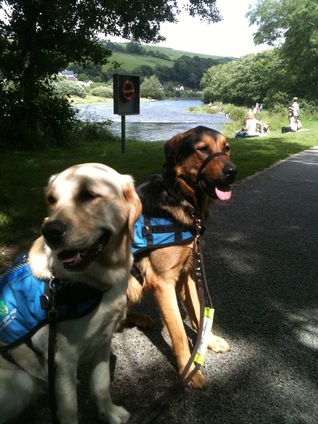
If they run too far away, turn the other way and walk away without calling them, let them look for you and when they see you walking away they will come back to you.
(Although you are walking away, don’t completely take your eye off them and be sure when they are running back to you that you have a good stance and make them slow down when they are coming back to you.
A good way to do this is to stand near a tree or fence. They will naturally try to protect themselves if they are running towards an obstacle.
If you are in the middle of a field it is easier for them to get over excited and run into you. If you are in the middle of a field and they are running very quickly towards you, take a good stance position, put your hands out and very loudly say steady elongating the word steaaaaaaaady.
when they do come in give them huge praise while grabbing hold of the
collar.
If your dog comes back to you of their own accord always praise them. The praise can be physical, vocal or food reward. Alternate these to so they never know when they are going to get the treat. Before you even let them
off the lead, let them know you have the treats in your pocket.
If your dog runs off and won’t come back for ages, no matter how frustrated you are, when they eventually do come back, do not give out to them. It can be very difficult, but if you give out to them when they do come back they will be less inclined to come back to you again.
We are generally creatures of habit ourselves. We tend to walk the same route for exercise, in one direction or to a point and back. If you let your dog off at the start of a walk by the car, walk your route and then go back to the car and take the lead out again, they will know that it is the end of fun time.
During a walk, clip on an off the lead randomly so they never know when
the fun will finish. Part way through a walk, call your dog in, clip on the lead, walk for a minute and then let him/her off again.
Our dogs are fed to a whistle. The whistle is a really handy tool on a free run. If your dog is running towards danger and you try to call your dog, they
will hear the anxiety in your voice and will be less inclined to come back to
you. Also if you are calling your dog and he/she is ignoring you and you start getting frustrated, again, he/she will be less likely to come back to you. By using the whistle, it transmits no emotion and it is such a high pitch it can break the concentration of whatever your dog is focused on. Also, because your dog has a food association with the whistle, when you blow the whistle they will instantly think of food.
If you are trying to call your dog and they are playing with another dog for example. You have to exaggerate your behaviour to make yourself more interesting than the other dog. This can include exaggerating body language, using high pitch tones, make yourself very welcoming.
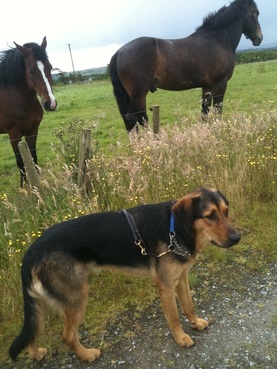
guinea pigs, rabbits, reptiles, fish.) As we match families on the waiting list if they have any of these animals or frequent contact with any of these animals it is important that their
dog will be comfortable around these animals so we let them meet to check how they cope. It can be very tough on a dog learning how to cope with animals they are not familiar
with.
Our dogs are allowed some access to petting farms. Anywhere there is a breeding programme access is restricted due to the high risk of infection for both the breeding animals and our own dogs. Our dogs are not allowed in the Zoo or Fota Wildlife Park. I understand that this is upsetting for some however, personally I don’t have a problem with this as it would be very stressful on our dogs to try to cope in such an environment. They have never seen elephants, giraffe’s, monkey’s etc so to expect them to work in those situations would only increase their stress levels. You would find that by bringing your dog to those areas it would make your life more difficult rather than easier which defeats the purpose of having an Assistance Dog.
Until next time,
Aileen
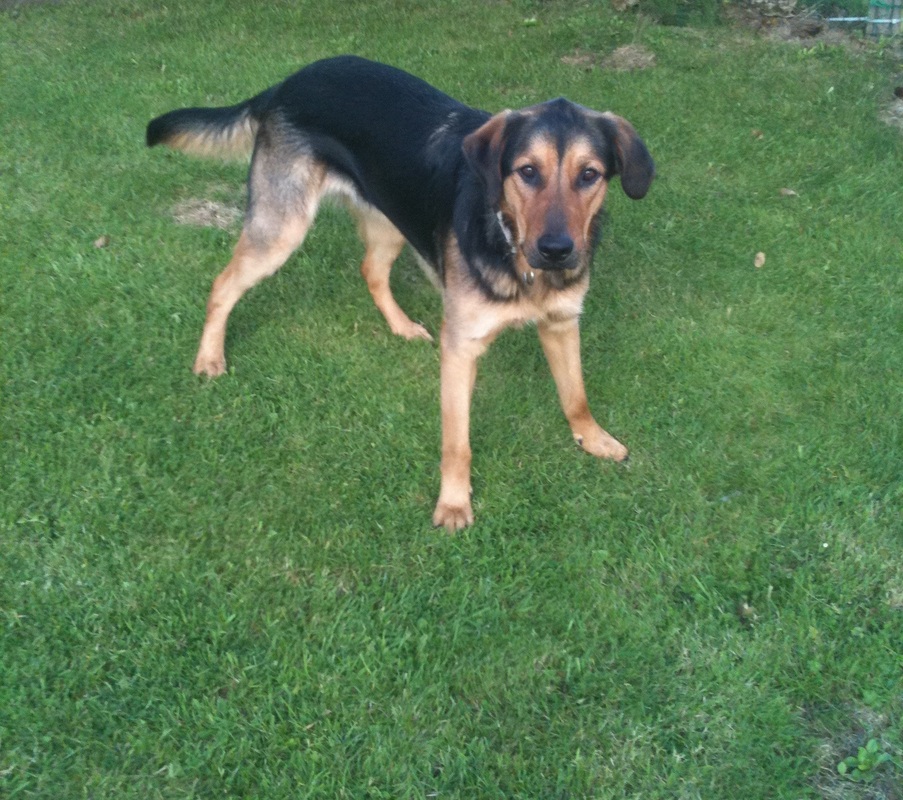
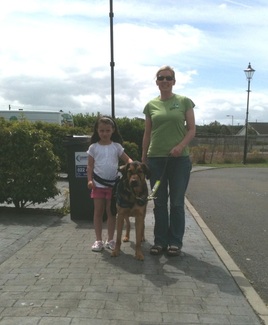
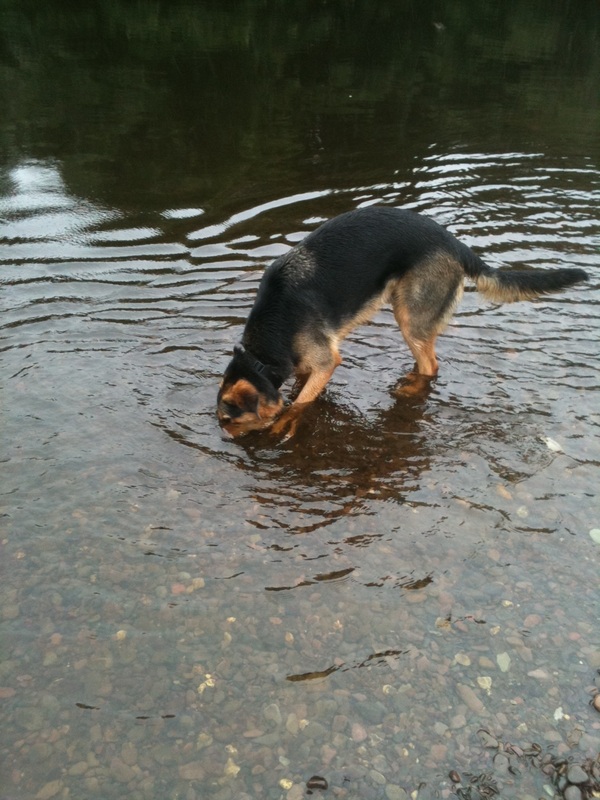
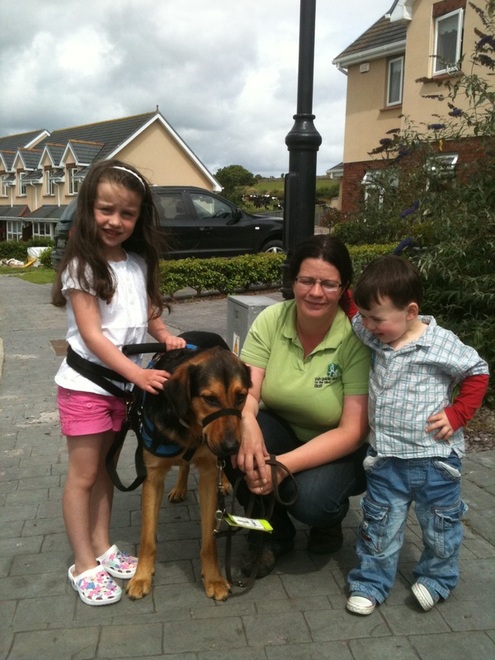
 RSS Feed
RSS Feed
